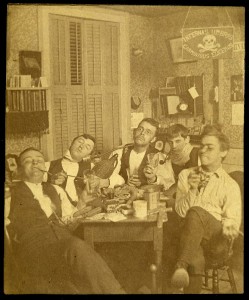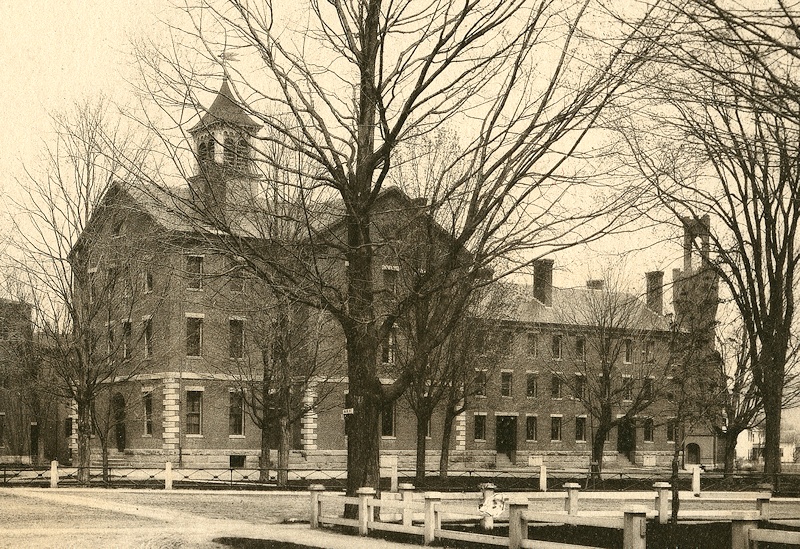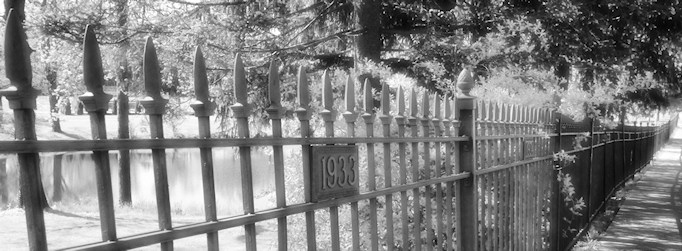
 When I drive to work, I usually come down Brewster Avenue. As I turn onto Park Street, I see the iconic Class Fence, stretching out of sight in both directions, each section with the date of a graduating class. 173 of them, so far, going back to 1842.
When I drive to work, I usually come down Brewster Avenue. As I turn onto Park Street, I see the iconic Class Fence, stretching out of sight in both directions, each section with the date of a graduating class. 173 of them, so far, going back to 1842.
It’s a powerful metaphor. Every class is represented, plus one enigmatic “L.L.D.” Last Friday night, May 20, at the annual Senior Dinner, Williston’s 174th graduating Class of 2016 received its number plaque. There will be many more. Williston Northampton has a lot of fence left. For seniors, the placing of the plaque is the first traditional end-of-the-year milestone in joining the rest of us alumni represented by that fence. (But of course, it isn’t really the first milestone. Enrolling at Williston is.)
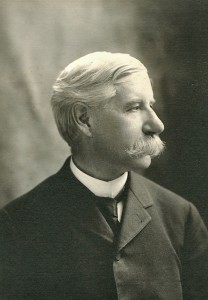
The fence dates from 100 years ago, 1916, when Headmaster Joseph Sawyer (served 1896-1919), as part of a campaign to celebrate the school’s 75th anniversary, challenged every class to meet certain fundraising targets. Upon achieving them, the class could put its number on the fence. That’s why the dates are not in order; classes met their goals at different times. The campaign was 100% successful. Even those classes which had no surviving members were “adopted” by other alumni groups. At some point mid-century the tradition changed and classes were awarded plaques at the time they graduated. From this point the numbers are consecutive — or were until recently, when “new” sections of the fence were installed near Scott Hall and on Galbraith Field.
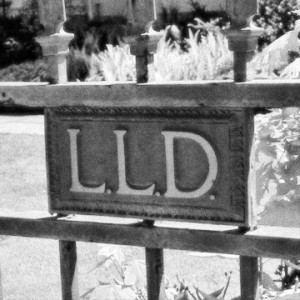 And the mysterious “L.L.D.”? They were one of Williston Seminary’s fraternities. We don’t know much about them; they were a secret society that kept its secrets well. The frats were wisely abolished in 1926-28, but not before the L.L.D. alumni achieved a kind of immortality by pledging and contributing to the fund.
And the mysterious “L.L.D.”? They were one of Williston Seminary’s fraternities. We don’t know much about them; they were a secret society that kept its secrets well. The frats were wisely abolished in 1926-28, but not before the L.L.D. alumni achieved a kind of immortality by pledging and contributing to the fund.
So . . . it is more than just a fence. Welcome to the fold, Class of 2016!
Adapted from an article originally posted in May, 2012.



